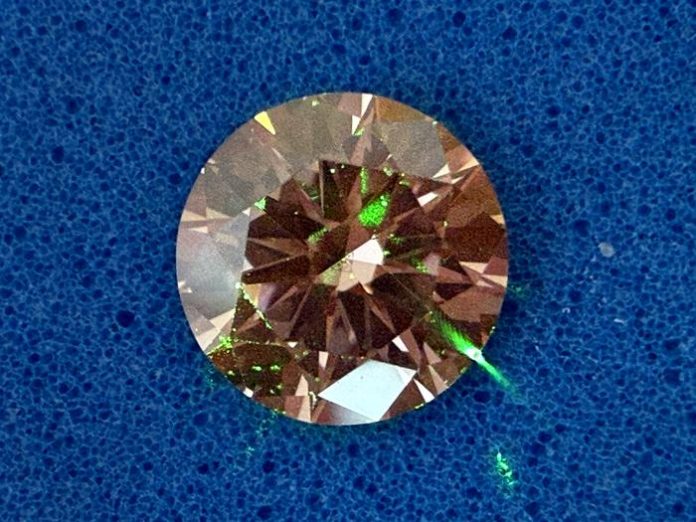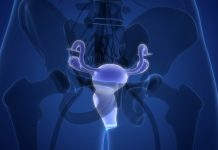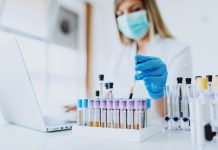
Researchers at the University of Warwick have created a quantum diamond sensor, a diamond-based magnetometer capable of accurately detecting cancer cells, offering a promising advancement in early tumour identification and surgical guidance
Cancer detection becomes challenging when tumour cells have metastasized (spread) to other organs, typically traveling through the lymph nodes and lymphatic system.
Warwick researchers have now built a new non-toxic and non-radioactive device that uses the unique properties of diamonds to diagnose metastasized breast cancer. The diamond sensor is quantum-based, using nitrogen-vacancy (NV) centres within the diamond lattice. These atomic-scale defects give the diamond unique quantum properties, allowing it to detect extremely small changes in magnetic fields. This quantum sensitivity enables the sensor to locate magnetic tracer fluids at concentrations far below typical clinical doses, making it a highly precise, compact, and practical tool for cancer surgery. Its quantum design allows it to operate at room temperature, providing surgeons with a versatile solution for minimally invasive procedures while maintaining exceptional accuracy.
The complete study is detailed in Physical Review Applied.
Quantum diamond sensor enables precise, minimally invasive detection of lymph nodes in breast cancer surgery
The quantum diamond sensor works by detecting magnetic tracer fluid (iron oxide nanoparticles) that is introduced into the patient during or before breast cancer surgery. The tracer fluid is injected into the tumour, travelling to the lymph nodes alongside metastasized cancer cells. A magnetic field sensor based on a diamond can then locate the tracer fluid and pinpoint the lymph nodes to be surgically removed to stop the cancer spread.
First author Alex Newman, PhD student in the Physics Department at the University of Warwick, commented: “There is a real demand for versatile non-toxic means of finding cancer. For this new diamond-based sensor, we managed to get the size of the sensor head down to just 10 mm, which means it is the first diamond sensor to detect magnetic tracer fluid while being small enough for endoscopic use and keyhole surgery.
“It is also susceptible, capable of detecting one hundredth of the typical full clinical dose of magnetic tracer fluid.”
The quantum diamond sensor uses a 0.5mm diamond and a small permanent magnet that is attached to a probe head, completely removing the need for bulky electronics, allowing for a handheld, versatile tool.
Senior author and group leader, Professor Gavin Morley, Department of Physics, University of Warwick, said: “Diamonds can sense magnetic fields thanks to colour centres in the diamond, called nitrogen vacancy centres. They allow the diamond to detect minimal changes in the magnetic field and give the diamonds a lovely pink colour.
“We hope to use these magnetic field sensors not just for medical applications, but for spacecraft and fusion power too.”
The future of optimising magnetic technology
Tracing cancer is not a new technique; traditional methods include using radioactive sensors or simple blues; however, these pose challenges. Radioactive tracers are not available in all hospitals due to the extra precautions required when handling radioactive materials. Blue dye causes an allergic reaction in one in every hundred people. The Warwick University quantum diamond sensor discovery could be a game-changer, with minimal side effects and a user-friendly design.
Magnetic tracer fluids are rapidly emerging as a promising tool for enhancing cancer detection and monitoring tumour spread. The diamond sensor design enables a smaller, more sensitive detector, which can be further improved with advanced quantum technology techniques. Potential applications to other cancers, including lung, liver, colorectal, and oesophageal, could offer significant benefits to patients.
Stuart Robertson, Consultant Breast Cancer Surgeon at University Hospitals Coventry and Warwickshire (UHCW) NHS Trust, added: “I now regularly utilise magnetic localisation in my breast cancer work, for impalpable breast lesions and detecting lymph nodes, as it offers advantages over more traditional techniques. It’s great to collaborate with the University of Warwick, exploring ways to optimise magnetic technology further.”










